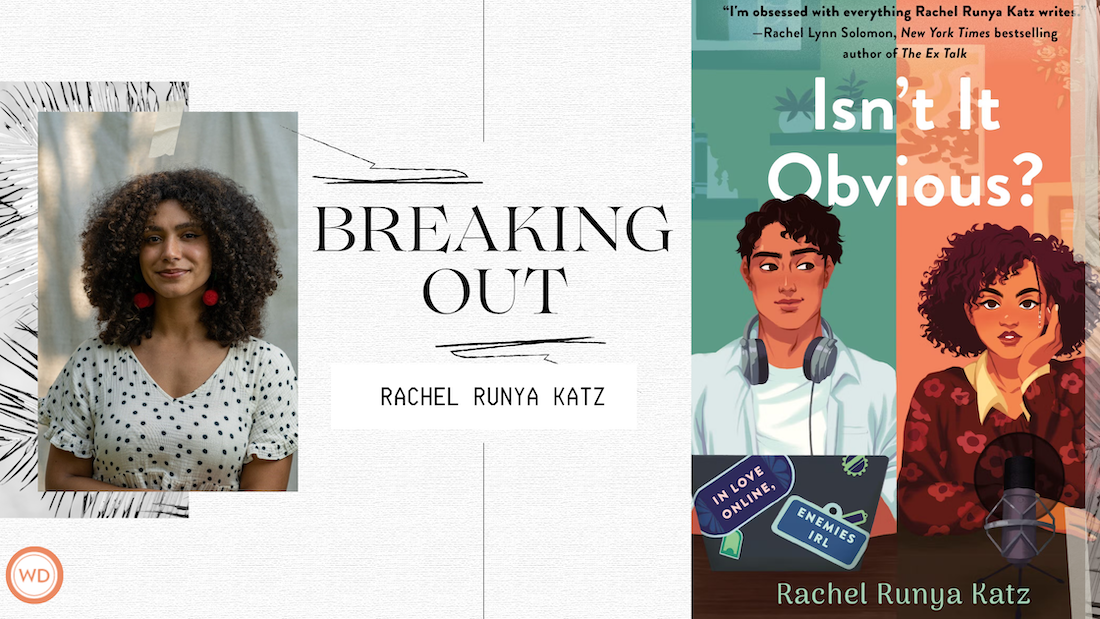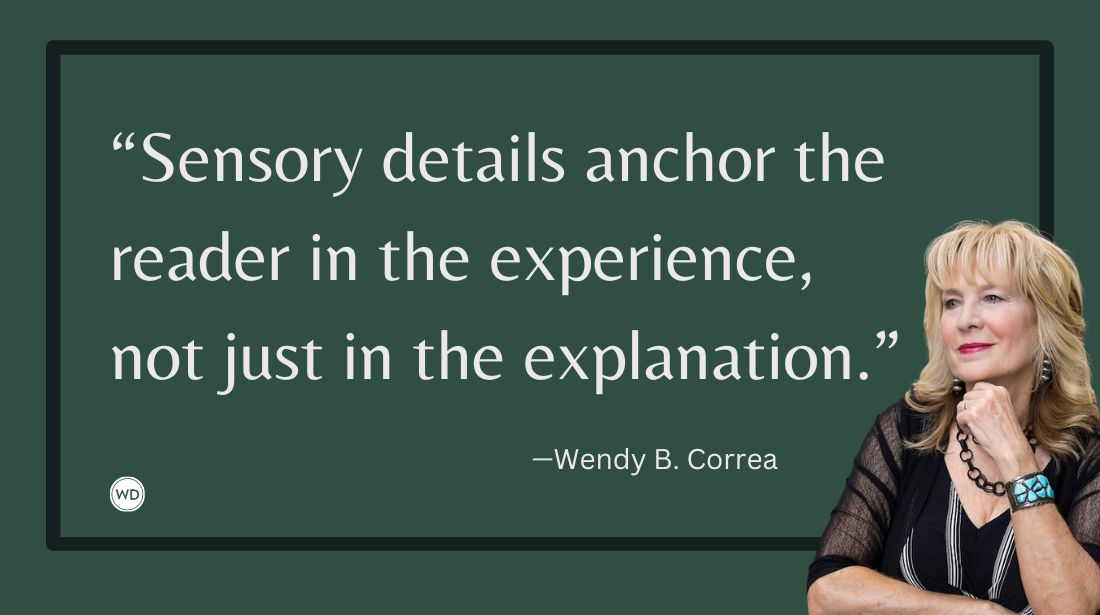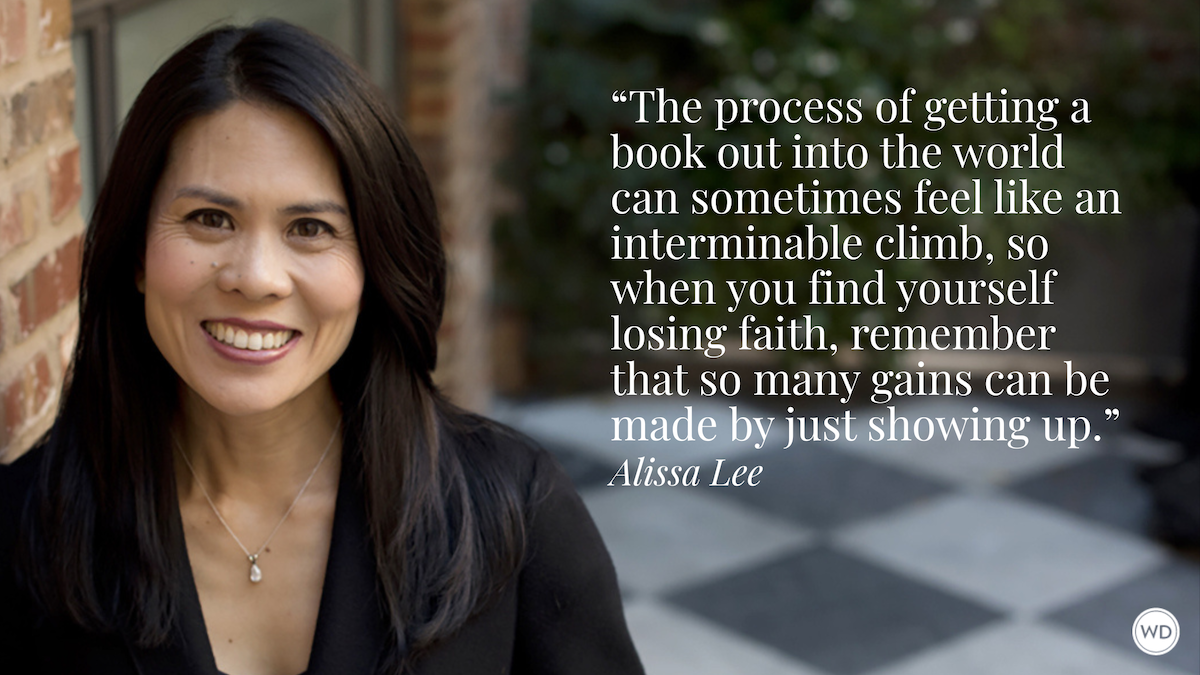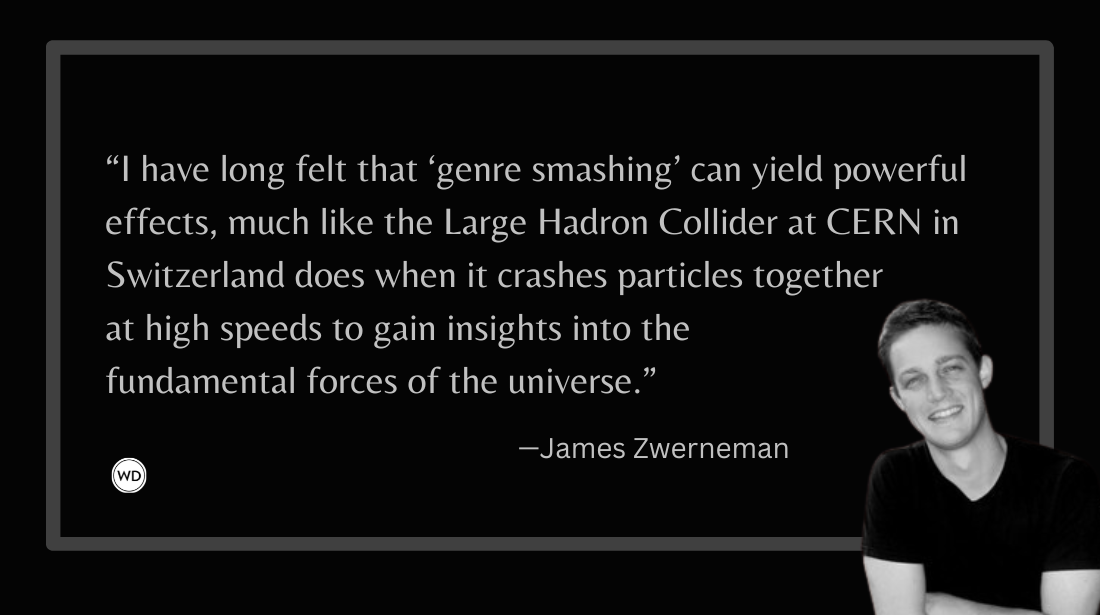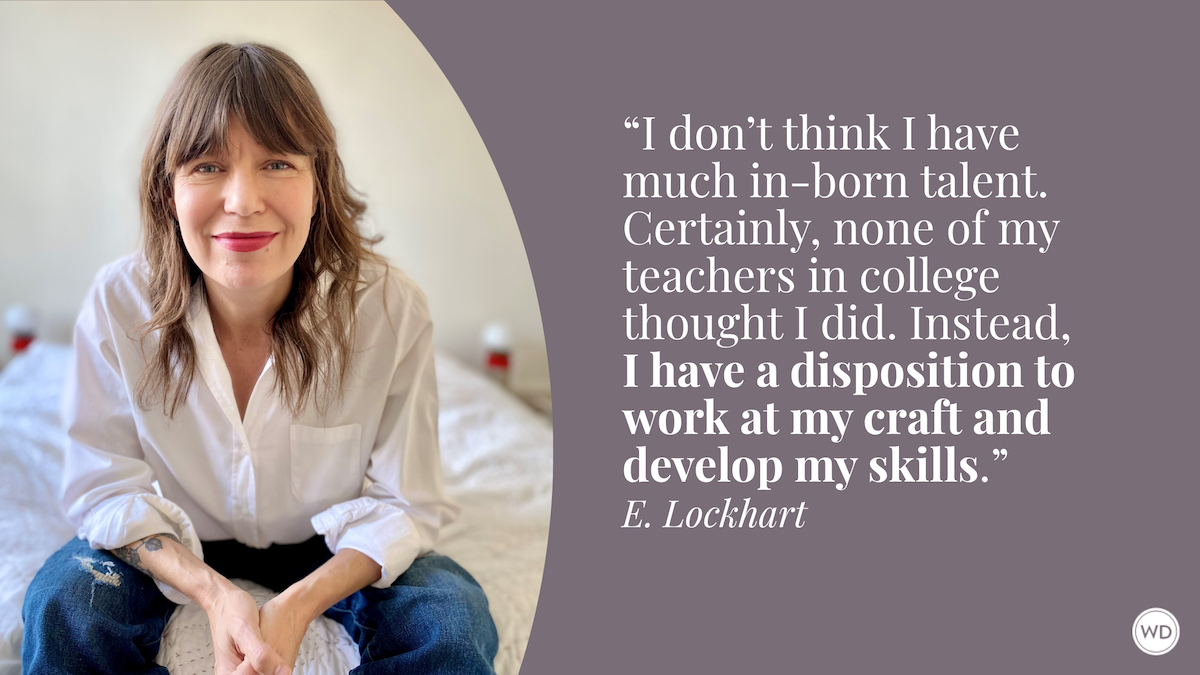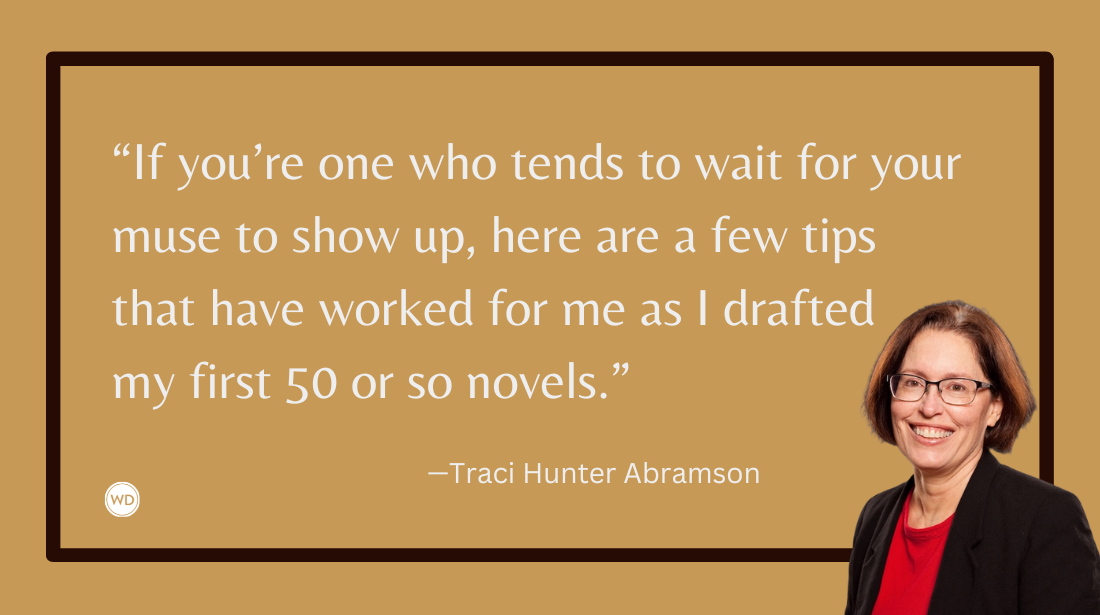How to Create an Antihero That Readers Love
If you dare to write about less-than-charming characters, you don’t need to always redeem them with an ending in which they see the error of their ways, mend their faults and allow their flinty hearts to be transformed into a choir loft of goodness. You see, Hollywood movies have greatly influenced audience expectations to such a degree that bad people are expected to become good, endings are expected to be tidy and hopeful, and outcomes are expected to be laced with sunshine. Fiction can, and should, mimic life, with all its messes and discomfort and disquiet. Fiction should also prove just how complicated and troubled many people are.
If you dare to write about less-than-charming characters, you don’t need to always redeem them with an ending in which they see the error of their ways, mend their faults and allow their flinty hearts to be transformed into a choir loft of goodness. You see, Hollywood movies have greatly influenced audience expectations to such a degree that bad people are expected to become good, endings are expected to be tidy and hopeful, and outcomes are expected to be laced with sunshine. Fiction can, and should, mimic life, with all its messes and discomfort and disquiet. Fiction should also prove just how complicated and troubled many people are.
—by Jessica Page Morrell
In fiction, sometimes it’s difficult to categorize the various character types, especially when the characters’ morality cannot be easily defined. The antihero is a kind of protagonist—meaning he’s the focus character in the story—who has aspects of the morality we’ve traditionally come to associate with antagonists, which is where the term antihero comes from. An antihero is a protagonist who is as flawed or more flawed than most characters; he is someone who disturbs the reader with his weaknesses yet is sympathetically portrayed, and who magnifies the frailties of humanity.
An antihero is often a badass, a maverick or a screw-up. Picture Paul Newman playing the title character in Cool Hand Luke, Clint Eastwood as Harry Callahan in Dirty Harry or Bruce Willis as John McClane in Die Hard—slightly scruffy and worn, sometimes moral but sometimes not. Perhaps the best-known antihero of our time is Tony Soprano of the television series “The Sopranos.” If the character is a woman, perhaps her slip is showing and her lipstick is smeared, she sleeps with men she doesn’t know well, or she cannot fit into traditional women’s roles.
An antihero can also play the part of an outsider or loner. This kind of antihero often possesses fragile self-esteem, has often failed at love and/or is estranged from people from his past. The reader loves these characters because they are realistic and relatable—just like people in the reader’s life, they’re imperfect and roiling with contradictions.
Antiheroes can be rebels in search of freedom or justice, and they’re usually willing to take the law into their own hands. They often occupy a gray area between good guy and bad guy—John D. MacDonald’s Travis McGee comes to mind, as does Jack Sparrow in the Pirates of the Caribbean films. Robin Hood was an antihero, as was Wolf Larsen in Jack London’s The Sea-Wolf.
Antiheroes can be obnoxious, pitiful or charming, but they are always failed heroes or deeply flawed. Often riddled with paradoxical traits and qualities, they resemble real people more than any other type of fictional characters do, and they are increasingly popular these days in fiction, film and television.
One of the most important qualities to remember is that antiheroes rarely, if ever, reflect society’s higher values—or what we like to think of as our society’s values; their thinking and values are often antithetical to those of the norm. For example, the sort of traits valued by most members of society—such as honesty, strength, integrity and compassion—will not always be exhibited by an antihero in a story. Or, he might have a character arc where he grudgingly adopts some of these traits. Traditional depictions of main players were of good guys with traits that we all wanted to emulate. Antiheroes turn that assumption upside down.
Here is the trick to creating antiheroes: They always possess an underlying pathos. Most characters come with flaws, neuroses and “issues.” But with an antihero, these problems are more noticeable and troublesome, and they sometimes get in the way of forming intimate attachments. There is always something that is screwing up the antihero’s plan, and that something is usually from his past. A story with an antihero in a starring role might depict how a person cannot easily escape from the past, particularly deep losses.
CHARACTERISTICS OF AN ANTIHERO
It takes a fine hand to draw an antihero because this character requires a great deal of nuance to arouse complicated reactions in the reader. As with all main characters, understanding an antihero’s character arc is crucial in designating his role in your story. After all, you’ll need to know if his good behavior is accidental, or if he is redeemed by the story’s events. One trick to creating an antihero is to fashion his primary traits so that his essential nature and personality are clear to you as you craft each scene he appears in. Then you need to know the why of these traits and beliefs—in essence, how he came to be. If your character is lawless, rebellious or obnoxious, it is likely that your character will somehow justify these behaviors.
An antihero is not simply a rebel who cannot follow the rules. The reasons for why he acts as he does, along with his self-concept, are important to the story. Another trick to creating a complicated antihero is to shape his less-than-moral traits and acts into a profound statement about humanity. As you create antihero characters, consider that they:
- Are not role models, although sometimes we secretly would like to behave as they do
- Are sometimes unglamorous and unattractive in character as well as in appearance
- Can be motivated by self-interest and self-preservation, but, there is usually a line antiheroes won’t cross, which sets them apart from villains
- Often have motives that are complicated and range from revenge to honor
- When forced to choose between right and wrong, will sometimes choose wrong because it’s easier
- Can play both sides with good guys and bad guys, profiting from both
- Can sometimes be coerced to help underdogs, children or weaker characters, and sometimes even do so voluntarily
- Can sometimes embody unattractive traits and behaviors, such as sexist and racist attitudes, and violent reactions when wronged
- Can show little or no remorse for bad behaviors
- Are usually a mess of contradictions.
While antiheroes are necessarily complex, beware of making them too angst-ridden or too wacky to be understood or sympathetic. Unlike most villains, antiheroes can have a character arc in which they are redeemed or transformed by the end of the story; in fact, they can become heroic. The most important thing to remember when crafting an antihero as your main character is that he is the antithesis of the ultra-competent hero.
Excerpted from Bullies, Bastards & Bitches © 2008 by Jessica Page Morrell, with permission from Writer’s Digest Books. Visit writersdigestshop.com and enter the code “Workbook” for a 10 percent WD reader discount on this and other books to help you hone your craft.
Thanks for visiting The Writer's Dig blog. For more great writing advice, click here.
*********************************************************************************************************************************
Brian A. Klems is the online editor of Writer's Digest and author of the popular gift bookOh Boy, You're Having a Girl: A Dad's Survival Guide to Raising Daughters.
Follow Brian on Twitter: @BrianKlems
Sign up for Brian's free Writer's Digest eNewsletter: WD Newsletter




